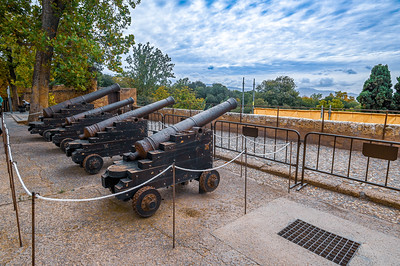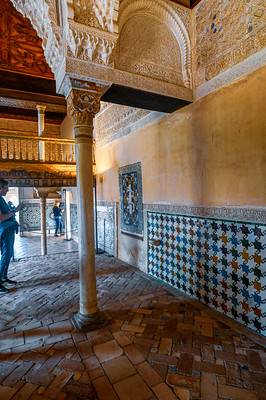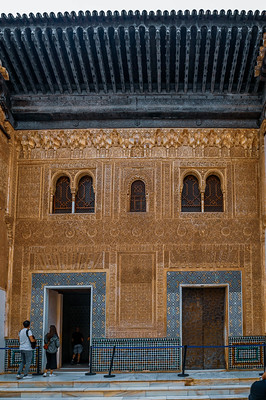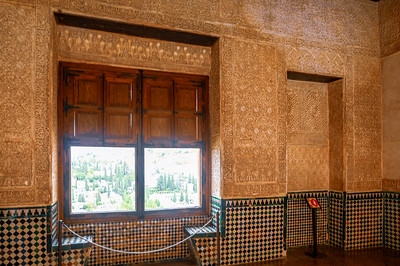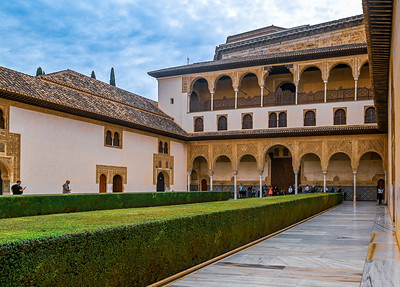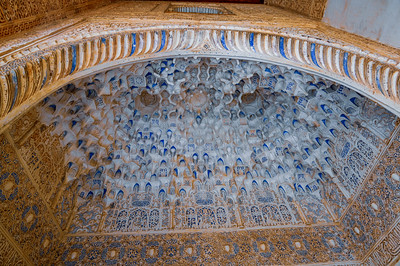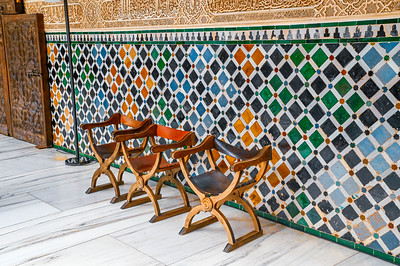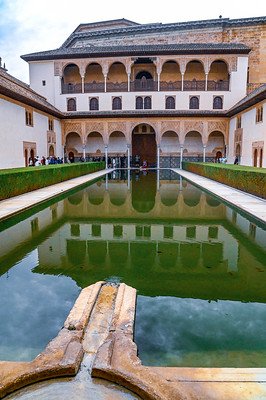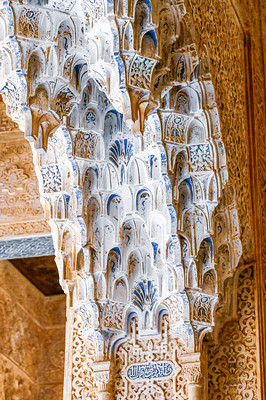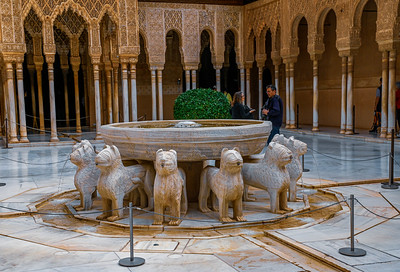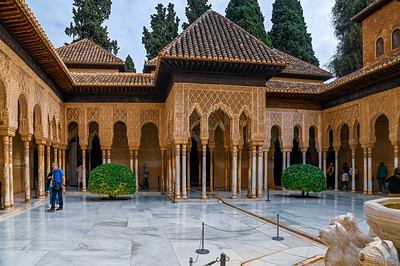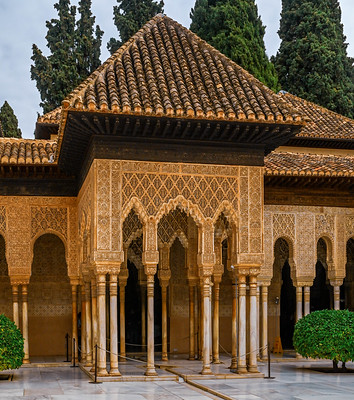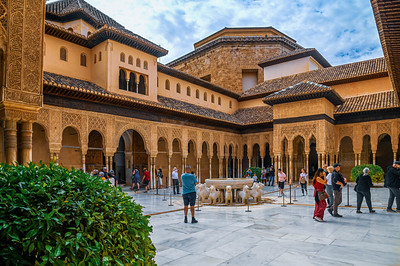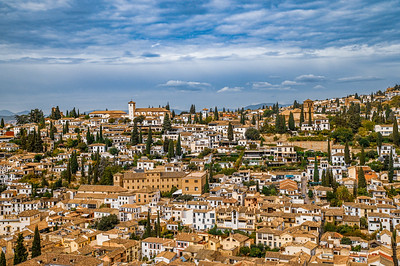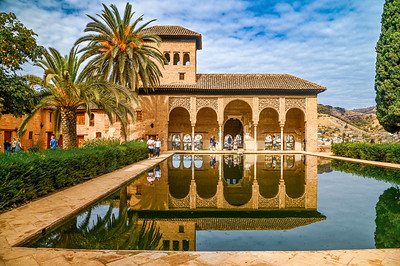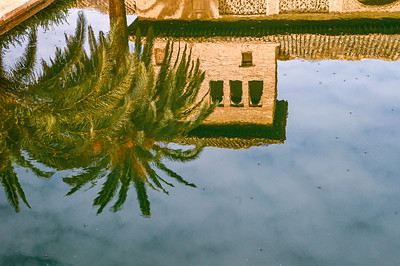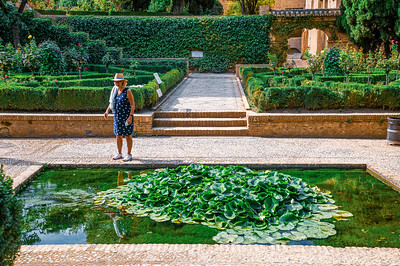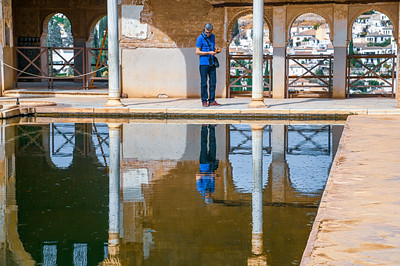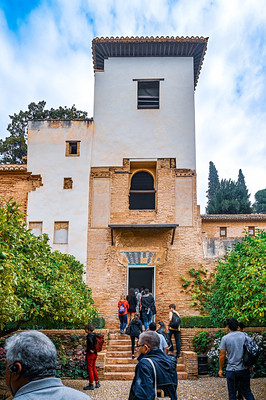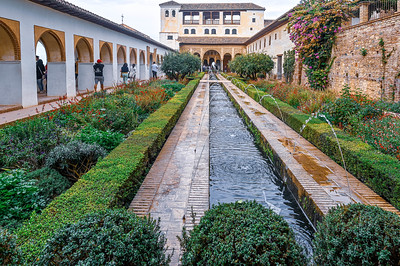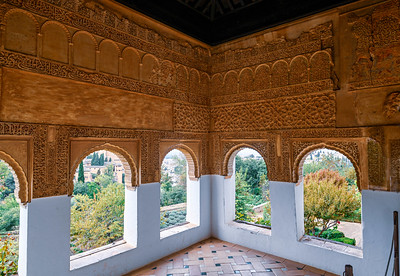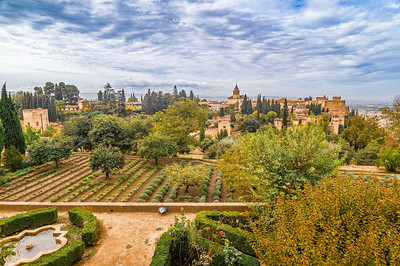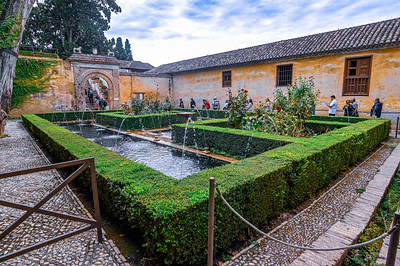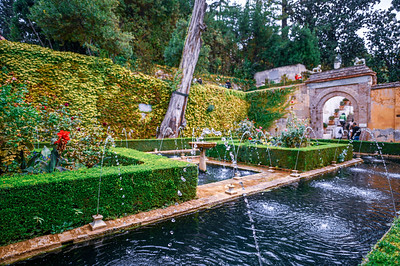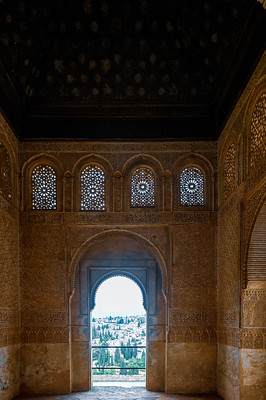About Alhambra
The Alhambra, also known as the "Red Castle," is a magnificent Moorish palace and citadel located on the Sabika hill, overlooking the city of Granada . It stands as a testament to the rich history and cultural heritage of Granada, particularly the long period of Muslim rule in the region ./p>
The construction of the Alhambra began in the 13th century, primarily between 1238 and 1358, during the reigns of Ibn al-A?mar, the founder of the Nasrid dynasty, and his successors . The Nasrid dynasty was the last Muslim-ruled state on the Iberian Peninsula, and the Alhambra became their most important monument, reflecting a period of unparalleled cultural and artistic flourishing . The splendor of the interior decorations is largely attributed to Yusuf I, who died in 1354
The Alhambra originally served as a citadel . After rising to power in the early 13th century, Nasrid sultan Muhammad I initiated renovations. The characteristic splendor of the Alhambra mostly took shape during the reigns of Yusuf I (1333-1354) and Muhammad V (1354-1359, 1362-1391) . Yusuf I's monumental "Gate of Justice" still stands, while his son, Muhammad V, replaced much of the original throne room and royal quarters .
The Alhambra fell to the Catholic Monarchs, Ferdinand and Isabella, in 1492, marking the end of the Reconquista . This event is considered one of the crowning achievements of the Reconquista . Although the fall of Granada and the Alhambra ended Islamic rule in Spain, it did not end the Muslim presence in Iberia .
After the expulsion of the Moors, much of the Alhambra's interior was altered, and furniture was ruined or removed . In 1527, Holy Roman Emperor Charles V had a palace and chapel built within the Alhambra's walls . He rebuilt portions in the Renaissance style and destroyed part of the Alhambra to construct an Italianate palace designed by Pedro Machuca in 1526 .
The Alhambra suffered further damage in 1812 when some towers were blown up by French forces during the Peninsular War, and the rest of the buildings narrowly escaped the same fate. An earthquake in 1821 caused additional damage to the complex .
References
Text generated by Gole's Gemini
- Britannica Granada - History, Culture and Cuisine
- The Tour Guy Travel Blog - The History of the Alhambra: Origins To the Present
- civitatis Granada - History of Granada
